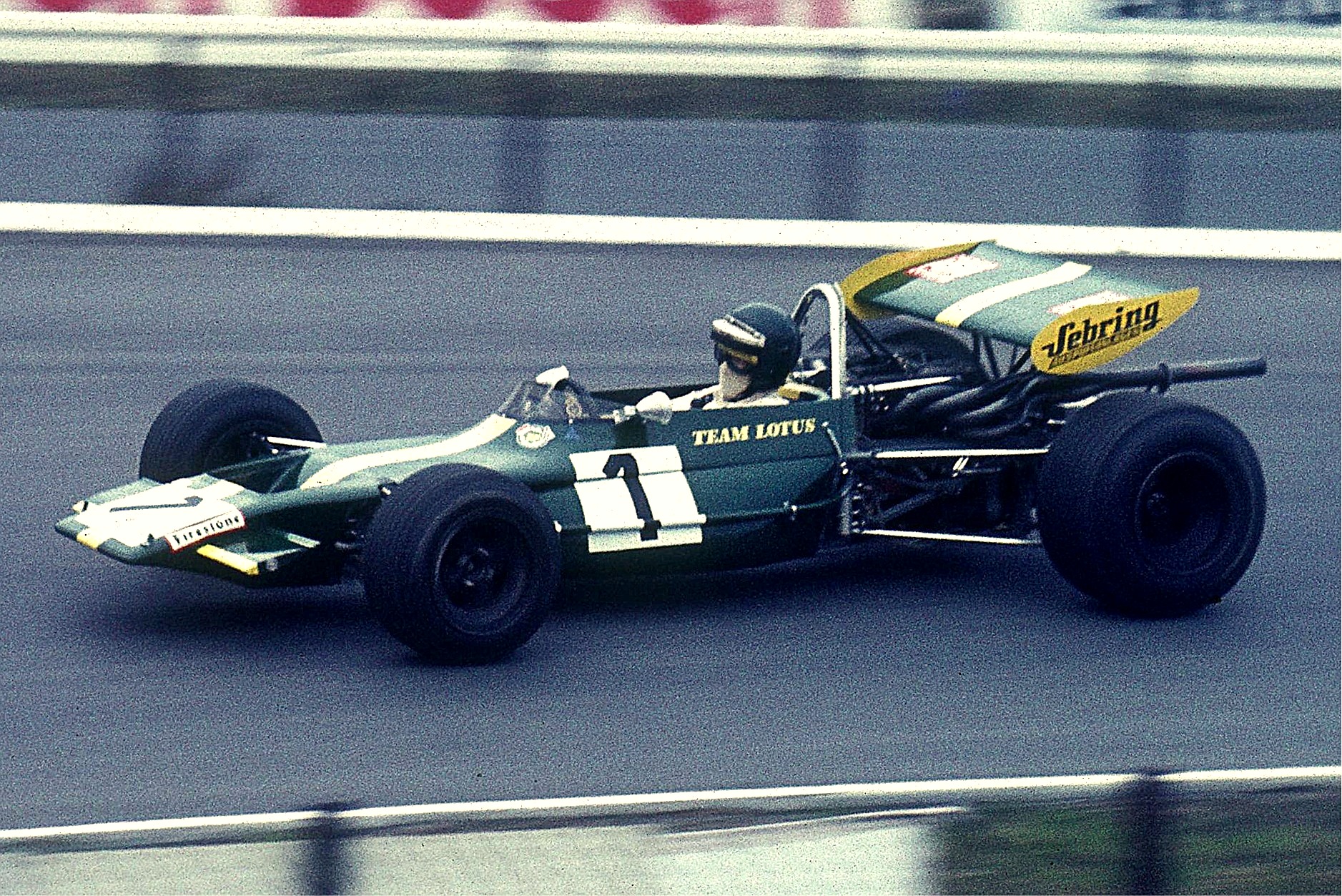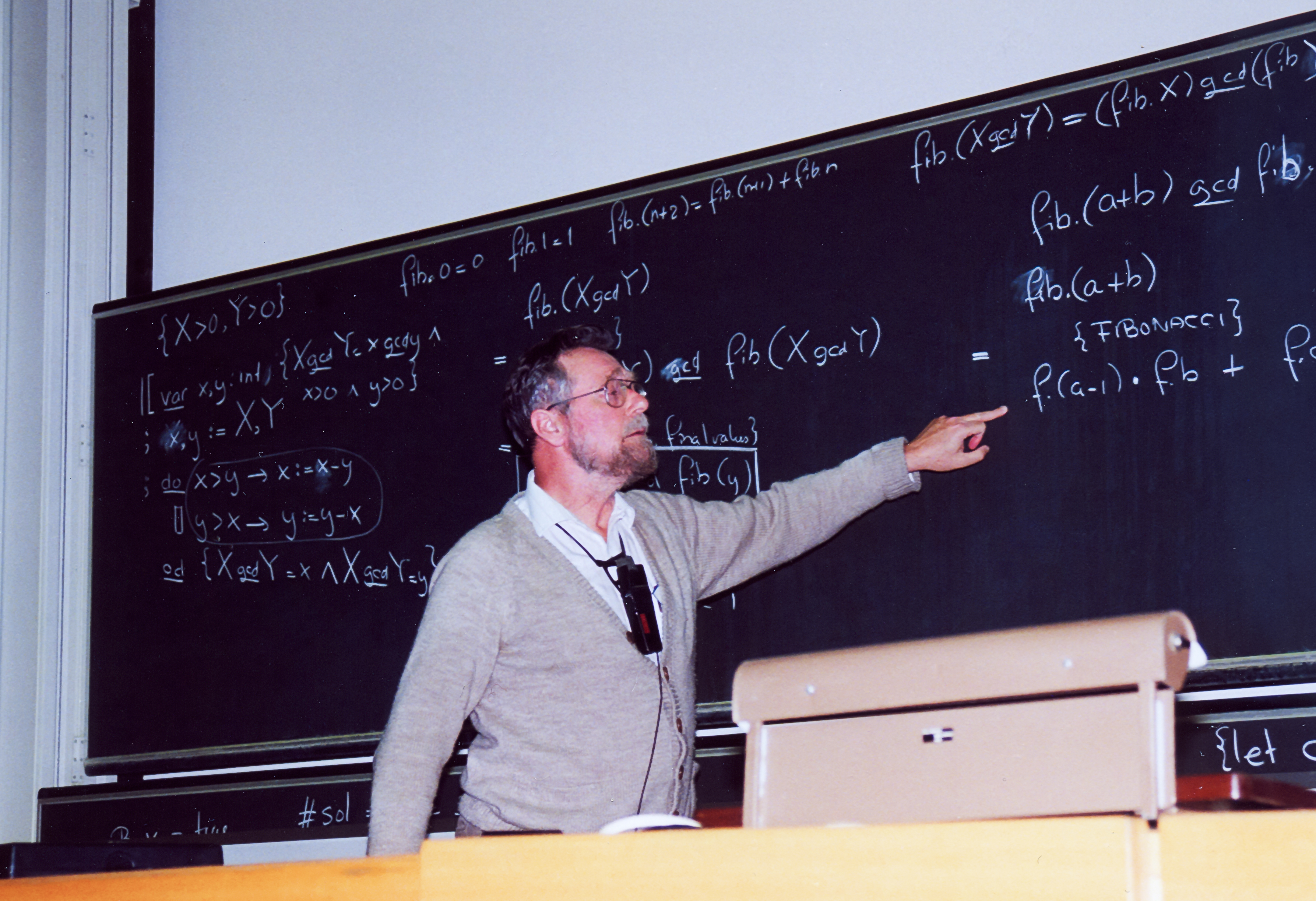|
Lotus 41
The Lotus 41 was a Lotus Formula 3 and Formula 2 racing car which ran between 1966 - 1968. John Joyce, Bowin Cars Bowin Cars was an Australia, Australian designer and manufacturer of motor racing cars from 1968 to 1976. The company was founded by John Joyce (car designer), John Vincent Joyce (1938–2002), a successful designer and builder of racing cars and ... founder, was the Lotus chief designer and was assisted by Dave Baldwin. They started with a clean sheet of paper. The chassis was a welded tubular steel space frame. The racing classes of this period imposed minimum weight requirements, so steel could be used in place of aluminium without a weight penalty. The most notable feature of the new design was the extensive use of stressed steel panels in the bulkheads, welded steel around the footwell and the instrument panel, a welded sheet of steel surrounding the driver's shoulder, and a double-sided steel cradle surrounding the gearbox. Floors were also welded for add ... [...More Info...] [...Related Items...] OR: [Wikipedia] [Google] [Baidu] |
Team Lotus
Team Lotus was the motorsport sister company of English sports car manufacturer Lotus Cars. The team ran cars in many motorsport categories including Formula One, Formula Two, Formula Ford, Formula Junior, IndyCar, and sports car racing. More than ten years after its last race, Team Lotus remained one of the most successful racing teams of all time, winning seven Formula One Constructors' titles, six Drivers' Championships, and the Indianapolis 500 in the United States between 1962 and 1978. Under the direction of founder and chief designer Colin Chapman, Lotus was responsible for many innovative and experimental developments in critical motorsport, in both technical and commercial arenas. The Lotus name returned to Formula One in 2010 as Tony Fernandes's Lotus Racing team. In 2011, Team Lotus's iconic black-and-gold livery returned to F1 as the livery of the Lotus Renault GP team, sponsored by Lotus Cars, and in 2012 the team was re-branded completely as Lotus F1 Team. 195 ... [...More Info...] [...Related Items...] OR: [Wikipedia] [Google] [Baidu] |
Formula 3
Formula Three, also called Formula 3, abbreviated as F3, is a third-tier class of open-wheel formula racing. The various championships held in Europe, Australia, South America and Asia form an important step for many prospective Formula One drivers. History Formula Three (adopted by the FIA in 1950) evolved from postwar auto racing, with lightweight tube-frame chassis powered by 500 cc motorcycle engines (notably Nortons and JAP speedway). The 500 cc formula originally evolved in 1946 from low-cost "special" racing organised by enthusiasts in Bristol, England, just before the Second World War; British motorsport after the war picked up slowly, partly due to petrol rationing which continued for a number of years and home-built 500 cc cars engines were intended to be accessible to the "impecunious enthusiast". The second post-war motor race in Britain was organised by the VSCC in July 1947 at RAF Gransden Lodge, 500cc cars being the only post-war class to run that day. Three of ... [...More Info...] [...Related Items...] OR: [Wikipedia] [Google] [Baidu] |
Formula 2
Formula Two (F2 or Formula 2) is a type of open-wheel formula racing category first codified in 1948. It was replaced in 1985 by Formula 3000, but revived by the FIA from 2009–2012 in the form of the FIA Formula Two Championship. The name returned in 2017 when the former GP2 Series became known as the FIA Formula 2 Championship. History While Formula One has generally been regarded as the pinnacle of open-wheeled auto racing, the high-performance nature of the cars and the expense involved in the series has always meant a need for a path to reach this peak. For much of the history of Formula One, Formula Two has represented the penultimate step on the motorsport ladder. Pre-war Prior to the Second World War, there usually existed a division of racing for cars smaller and less powerful than Grand Prix racers. This category was usually called voiturette ("small car") racing and provided a means for amateur or less experienced drivers and smaller marques to prove themselves. ... [...More Info...] [...Related Items...] OR: [Wikipedia] [Google] [Baidu] |
Bowin Cars
Bowin Cars was an Australia, Australian designer and manufacturer of motor racing cars from 1968 to 1976. The company was founded by John Joyce (car designer), John Vincent Joyce (1938–2002), a successful designer and builder of racing cars and in later years gas appliances incorporating LO-NOx burner, Low NOx Technology. History Approximately ten racing cars were sold for export to Canada, New Zealand and South East Asia. Bowin Cars have raced successfully in these countries as well as Europe. Models All Bowin Cars started with the letter P, which simply stood for project. Earlier Models In fact, two Formula Juniors were designed and built by John Joyce prior to the formation of Bowin Cars. * (P1) - A Cooper-based car in 1959 * (P2) - The Koala in 1962. Bowin Models * Bowin P3 - 1967-1968 P3 Australian National Formula Car * Bowin P4 - 1970-1974 P4 Formula Ford Car * Bowin P6 - 1972-1974 P6 Formula Ford & Formula 2 Car * Bowin P7 - 1973-1975 P7 ? * Bowin P8 - 1973-1975 ... [...More Info...] [...Related Items...] OR: [Wikipedia] [Google] [Baidu] |
Space Frame Chassis
In architecture and structural engineering, a space frame or space structure ( 3D truss) is a rigid, lightweight, truss-like structure constructed from interlocking struts in a geometric pattern. Space frames can be used to span large areas with few interior supports. Like the truss, a space frame is strong because of the inherent rigidity of the triangle; flexing loads (bending moments) are transmitted as tension and compression loads along the length of each strut. History Alexander Graham Bell from 1898 to 1908 developed space frames based on tetrahedral geometry. Bell's interest was primarily in using them to make rigid frames for nautical and aeronautical engineering, with the tetrahedral truss being one of his inventions. Max Mengeringhausen developed the space grid system called MERO (acronym of ''MEngeringhausen ROhrbauweise'') in 1943 in Germany, thus initiating the use of space trusses in architecture. The commonly used method, still in use has individual tubular ... [...More Info...] [...Related Items...] OR: [Wikipedia] [Google] [Baidu] |
Lotus Racing Cars
Lotus may refer to: Plants *Lotus (plant), various botanical taxa commonly known as lotus, particularly: ** ''Lotus'' (genus), a genus of terrestrial plants in the family Fabaceae **Lotus flower, a symbolically important aquatic Asian plant also known as Indian or sacred lotus * Lotus tree, a plant in Greek and Roman mythology Places *Lotus, California, an unincorporated community in El Dorado County, California, United States *Lotus, Indiana, an unincorporated community in Union County, Indiana, United States *Lotus, Florida, a former village in Brevard County, Florida, United States * Lotus, Kentucky, an unincorporated community in Bullitt County, Kentucky, United States Brands *Lotus Cars, a British motor vehicle manufacturer **Lotus F1 Team, a British Formula One team that started competing in the 2012 season **Team Lotus, a British Formula One racing team that competed between 1954 and 1994 **Pacific Team Lotus, the successor team that resulted from a merger with Pacific ... [...More Info...] [...Related Items...] OR: [Wikipedia] [Google] [Baidu] |
Formula Two Cars
In science, a formula is a concise way of expressing information symbolically, as in a mathematical formula or a ''chemical formula''. The informal use of the term ''formula'' in science refers to the general construct of a relationship between given quantities. The plural of ''formula'' can be either ''formulas'' (from the most common English plural noun form) or, under the influence of scientific Latin, ''formulae'' (from the original Latin). In mathematics In mathematics, a formula generally refers to an identity which equates one mathematical expression to another, with the most important ones being mathematical theorems. Syntactically, a formula (often referred to as a ''well-formed formula'') is an entity which is constructed using the symbols and formation rules of a given logical language. For example, determining the volume of a sphere requires a significant amount of integral calculus or its geometrical analogue, the method of exhaustion. However, having done th ... [...More Info...] [...Related Items...] OR: [Wikipedia] [Google] [Baidu] |
Formula Three Cars
In science, a formula is a concise way of expressing information symbolically, as in a mathematical formula or a ''chemical formula''. The informal use of the term ''formula'' in science refers to the general construct of a relationship between given quantities. The plural of ''formula'' can be either ''formulas'' (from the most common English plural noun form) or, under the influence of scientific Latin, ''formulae'' (from the original Latin). In mathematics In mathematics, a formula generally refers to an identity which equates one mathematical expression to another, with the most important ones being mathematical theorems. Syntactically, a formula (often referred to as a ''well-formed formula'') is an entity which is constructed using the symbols and formation rules of a given logical language. For example, determining the volume of a sphere requires a significant amount of integral calculus or its geometrical analogue, the method of exhaustion. However, having done th ... [...More Info...] [...Related Items...] OR: [Wikipedia] [Google] [Baidu] |
Tasman Series Cars
Tasman most often refers to Abel Tasman (1603–1659), Dutch explorer. Tasman may also refer to: Animals and plants * Tasman booby * Tasman flax-lily * Tasman parakeet (other) * Tasman starling * Tasman whale People * Tasman (name), a name of Dutch origin, including a list of people with the name Places New Zealand * Mount Tasman, in the Southern Alps of South Island * Tasman Bay / Te Tai-o-Aorere, at the northern end of South Island * Tasman Glacier, in the Southern Alps of South Island * Tasman Lake, formed by recent melting and retreat of the Tasman Glacier * Tasman Region, a region and a district of New Zealand in the north of South Island * Tasman River, flowing from Tasman Lake and contributed to by other glacial rivers Tasmania, Australia * Tasman Fracture, an ocean trench southwest of Tasmania * Tasman Island, an island off the southeast coast of the Tasman Peninsula * Tasman National Park, at the south end of the Tasman Peninsula * Tasman Outflow, ... [...More Info...] [...Related Items...] OR: [Wikipedia] [Google] [Baidu] |




